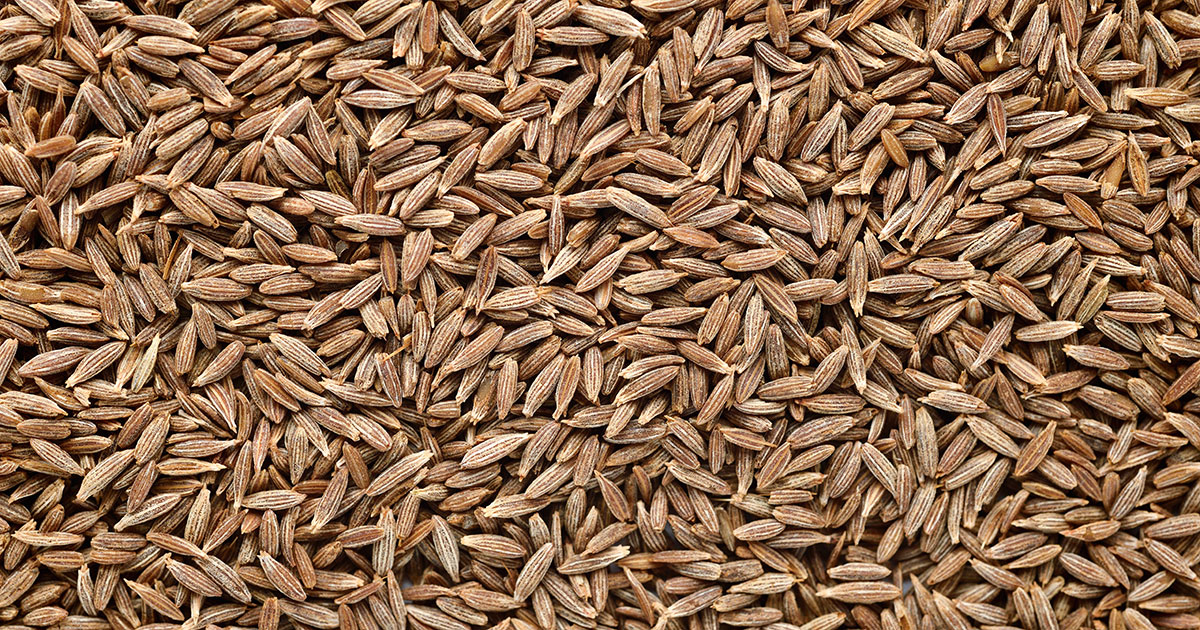Usage
- A signature flavour in Mexican recipes, ground cumin adds distinctive earthiness to meat fillings for tacos and enchiladas, refried beans, traditional pork stew and so much more.
- Across the Middle East, the spicy flavour of ground cumin infuses many traditional recipes, especially those made with lentils, eggplant, lamb and beef. We love the hearty depth it brings to chickpeas, whether in falafel, hummus or stew.
- Cumin is one of the essential spices in the Indian pantry, where it joins chili pepper, turmeric, mustard seed, coriander seed and peppercorn in various spice blends. Its robust warmth is a must-have for curries and chutney.
Perfect Partners
- Vegetarians love how cumin enriches the taste of vegetable and legume soups and stews. We appreciate the way it lends pungency to rubs and marinades for tofu. Try blending it with coriander, ginger and garlic for a spicy-sweet rub.
- Cooks across the world may argue about how to make the best chili. But everyone agrees that cumin is an essential flavouring for almost any variety, along with garlic, oregano and chili pepper.
- Cumin has the strength to stand up to grilled and roasted meat—try it in your next hamburger. But it’s also an excellent foil for mild, sweet vegetables like pumpkin and butternut squash. Add a dash before roasting vegetables, or stir it into a creamy soup.
Substitutes
Q: If I don’t have ground cumin on hand, what makes a good substitute?
A: Whole cumin seeds ground in a coffee mill will do the trick. But if you don’t have any cumin in your pantry, try a similar amount of chili powder. Cumin is, after all, one of the dominant flavours in chili powder—plus you’ll get a bit of chili pepper and oregano in the mix.
History/Fun Facts
Cumin is a member of the parsley family. Surprised? You’d never guess that if you compared its warm, earthy flavour and aroma to parsley’s mild, green character. Cumin seed, like celery seed, is actually the dried ripe fruit of the plant. Cumin has known many uses over its long history. People have been enjoying it at the table since 5000 B.C.







